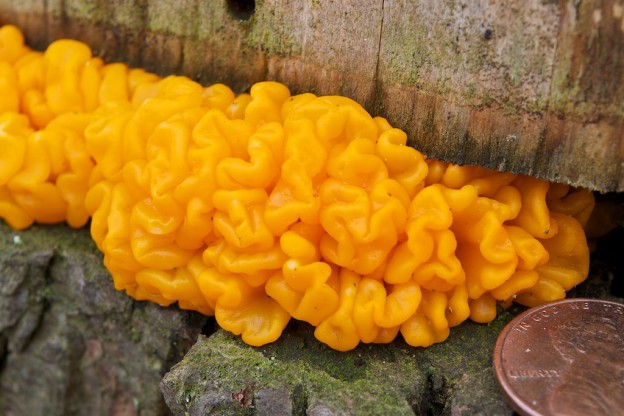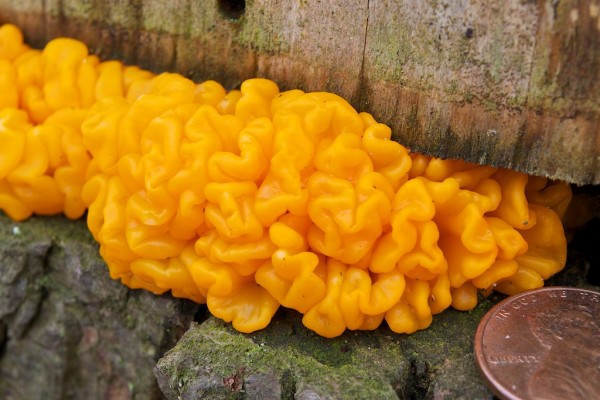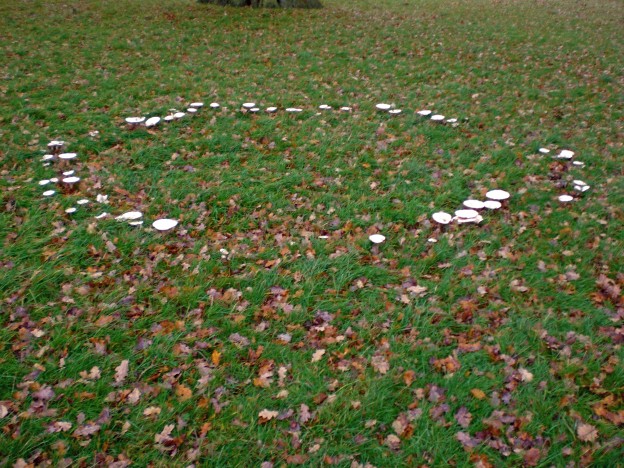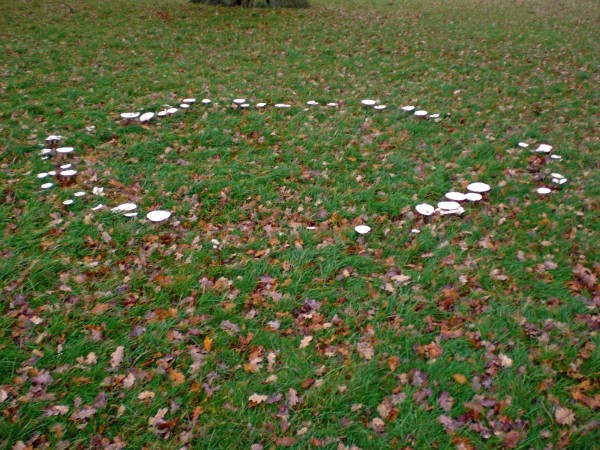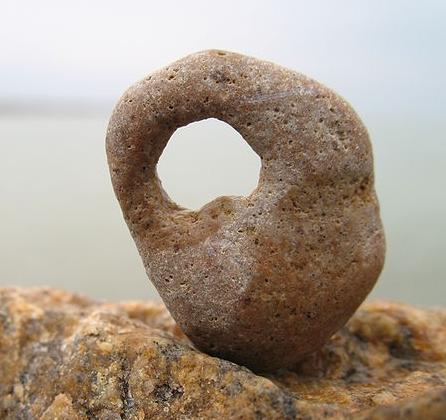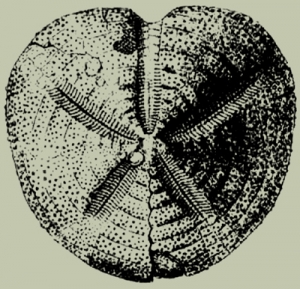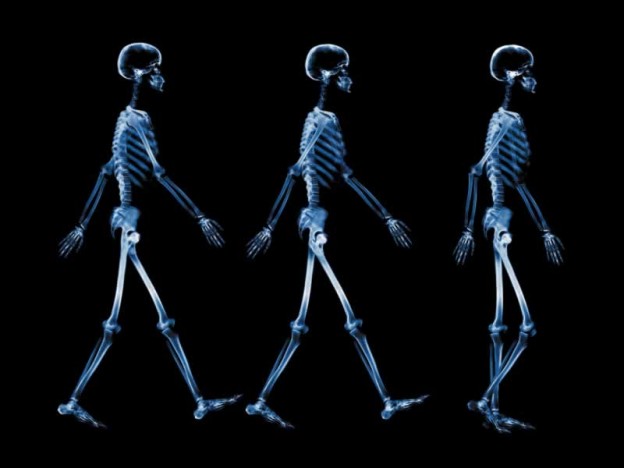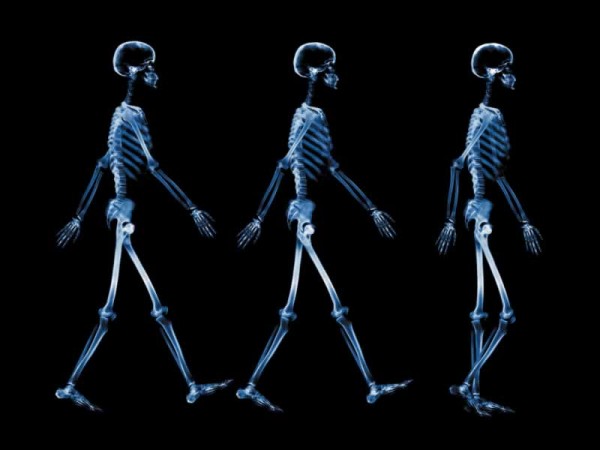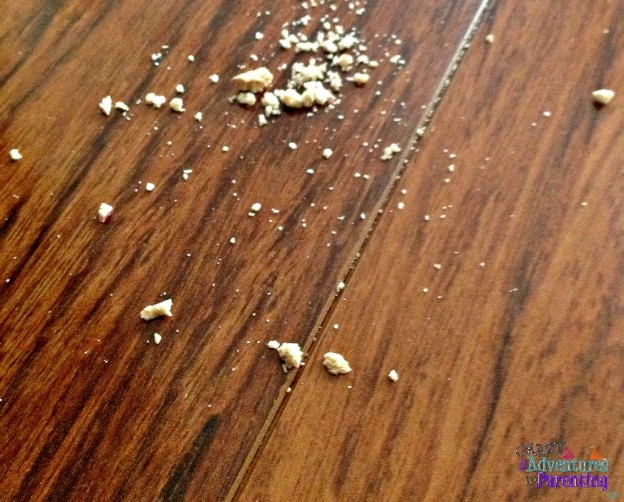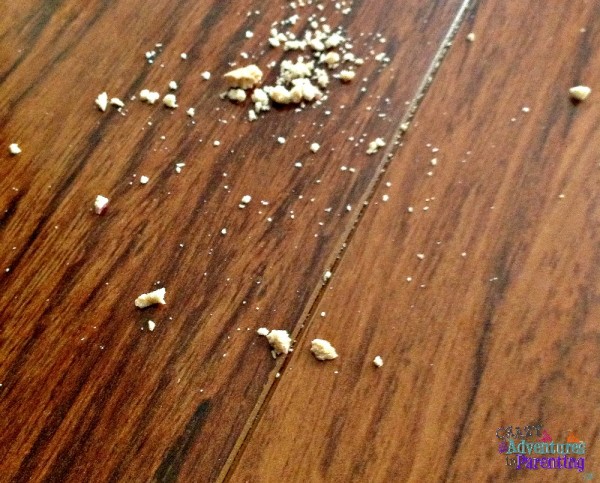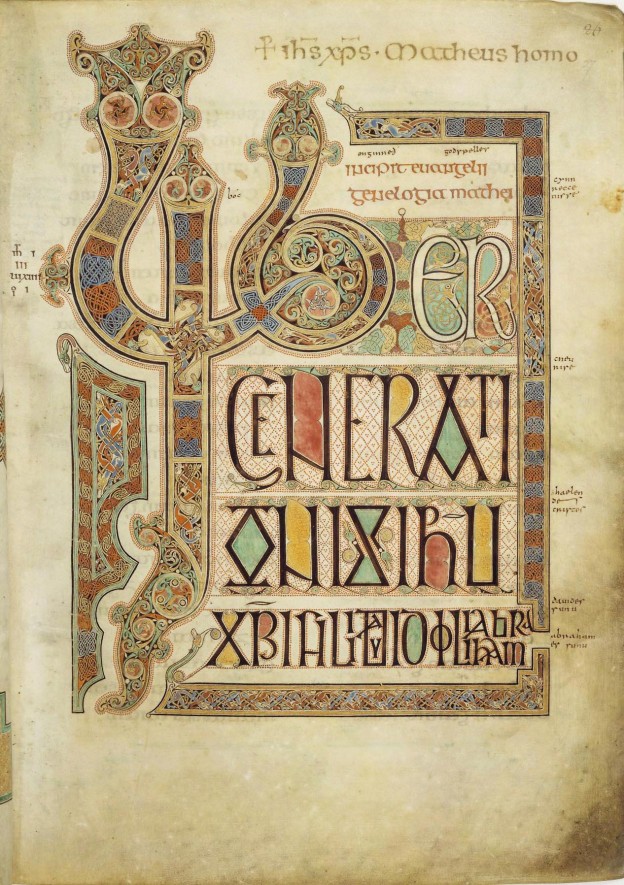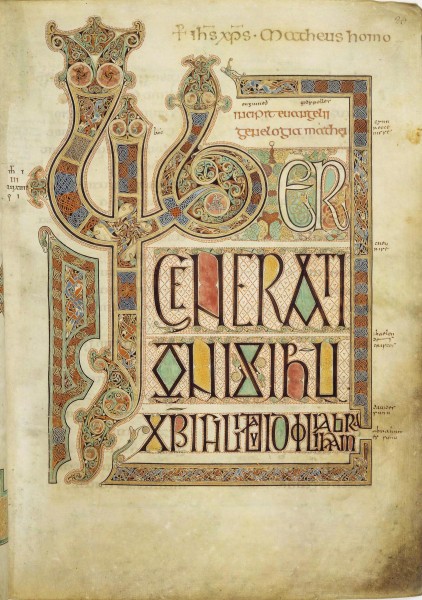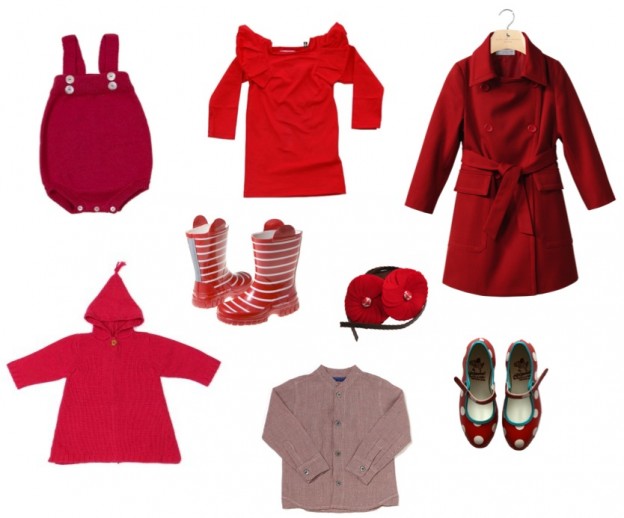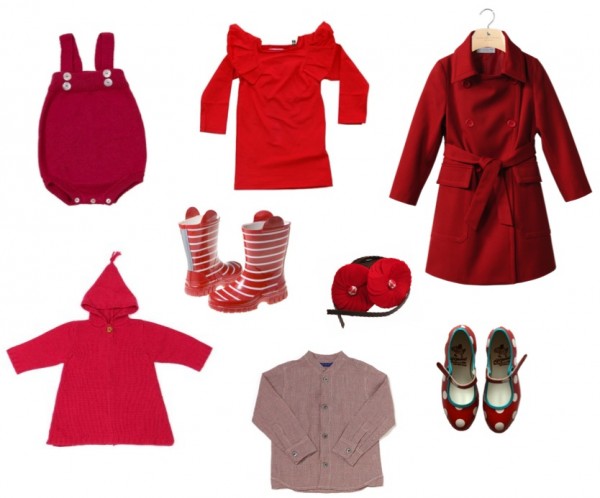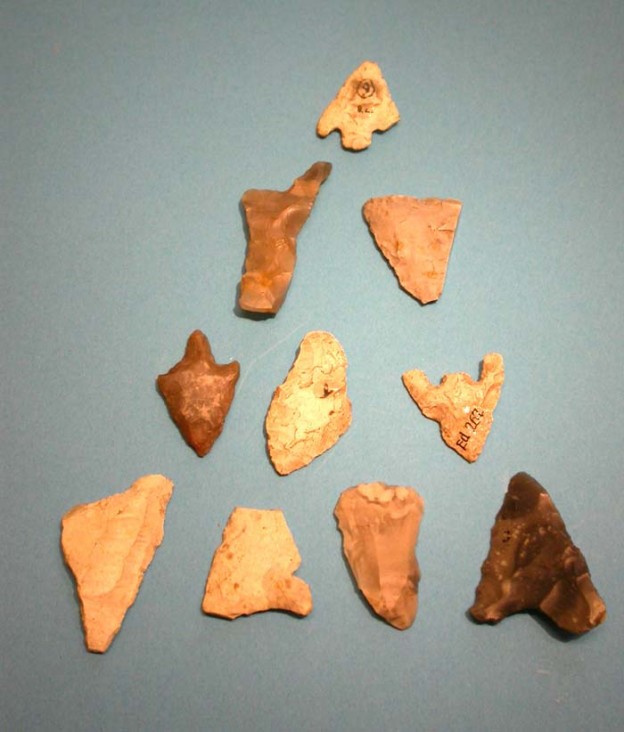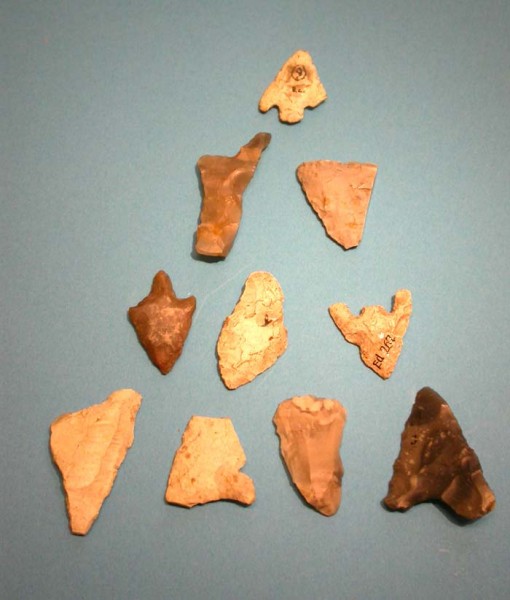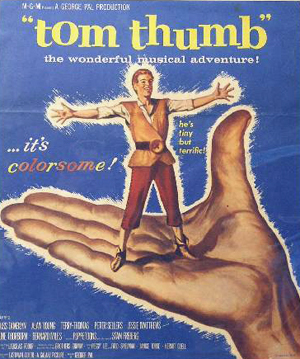
I never heard of a more familiar goblin than Teigue. His visit generally commenced with a civil salutation to the master of the house, which was quickly followed by an application for a glass of whiskey; but no human creature could be seen or found in the quarter from whence the voice proceeded. These visits were usually repeated once a week; sometimes, however, a month or more elapsed between them. If any friend came to dine or to stay at the house for a few days, Teigue was sure to be heard in the evening accosting them in a very courteous manner, inquiring after the different members of their family, and often mentioning domestic occurrences with a surprising intimacy. If a stranger happened to excel in music, this could not escape the penetration of Teigue, who seemed to be familiar with every person’s acquirements and habits; and he invariably re-quested the musician to play or sing. A young lady from Youghall was once called on by Teigue to favour him with a tune: she sat down to the pianoforte all fear and trembling. When she had concluded, Teigue applauded her performance, and said in return, he would treat her to a song to the best of his ability. He accordingly sung, with a most tremendous voice ‘My name is Teigue, and I lives in state’; a composition well known in the south of Ireland. Several cleverly concerted plans have been formed for the discovery of this strange being, yet they all failed of their object. Two different and contradictory opinions prevail respecting Teigue: some people report him to be a giant, others a dwarf; the former opinion is founded on the following circumstance: Amongst the ingenious methods devised for deciding whether the voice might be that of a mortal man or a goblin was the plan of strewing carefully some fine ashes at twilight before the windows. That night Teigue was unusually noisy without; and the next morning early, when the place was inspected, the print of one foot only of superhuman dimensions, was found. The notion of his being a dwarf rests on no less an Authority than Teigue himself. He frequently styled himself Teigueen or little Teigue; yet this diminutive may be nothing more than a pet name. But on one occasion, when some guests expressed their surprise that master Teigue had never been caught, this curious, being replied ‘’Tis to no use at all, gentlemen, you’re thinking of catching poor Teigueen, for he is no bigger than your thumb!’ All those who have heard him speak agree in this, that the sound of his voice was not in the least like that of ordinary mortals; it resembled, they said, that hollow hoarse kind of voice emitted by a man speaking with his head (as a gallant English officer has described it) inside an empty cask. Crofton-Croker, II, 176
